
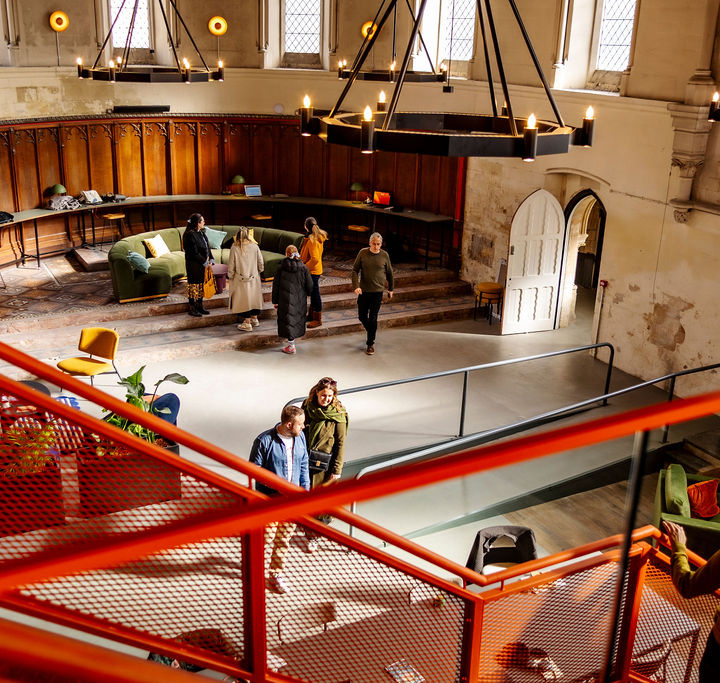
Centre • Bath
Breakfast
Talks
Socials
Run Club
Crafts
Music Events
Summer Party
For Hire
Breakfast
Talks
Socials
Run Club
Crafts
Music Events
Summer Party
For Hire
Breakfast
Talks
Socials
Run Club
Crafts
Music Events
Summer Party
For Hire
Breakfast
Talks
Socials
Run Club
Crafts
Music Events
Summer Party
For Hire
Breakfast
Talks
Socials
Run Club
Crafts
Music Events
Summer Party
For Hire
Breakfast
Talks
Socials
Run Club
Crafts
Music Events
Summer Party
For Hire
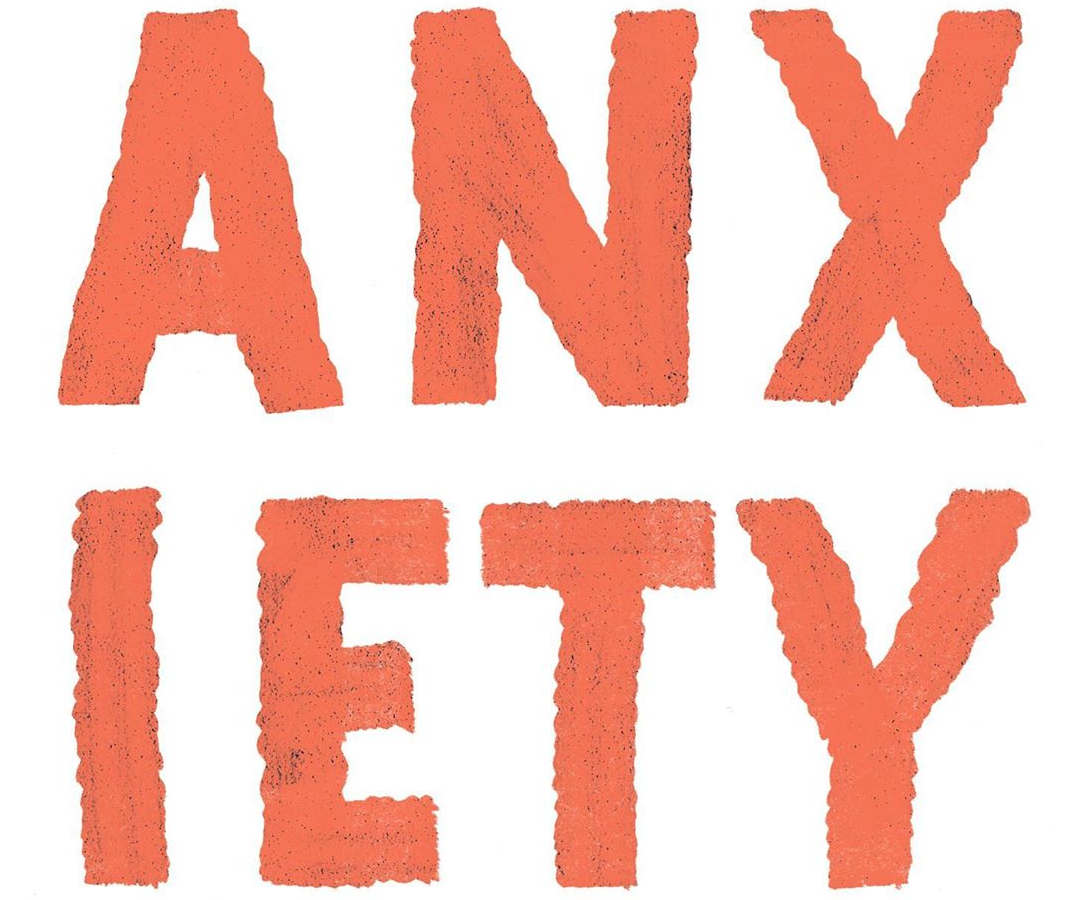
We creatives are our own worst critics. Whether it’s the confidence to let our work fly out into the world or the feeling of being stuck, the intrinsic link between creativity and anxiety is well-documented. American psychologist and prolific writer on the subject Eric Maisel believes, “a time never comes when life is settled and anxiety is banished. This is true for life in general, and triply true for the creative life.” But what if anxiety in our work can become paralysing, and even prevent our creativity from thriving?
At Gather Round, we’re lucky enough to benefit from the kind and comforting presence of member Harriet Wilson, a Therapist and Mindfulness Coach and founder of Project Thrive, a Bristol-based coaching support service helping professionals nurture their mental health. We asked Harriet to talk us through a roadmap for creatives to better manage anxiety: from recognising the signs to taking a proactive approach to managing its impact in our professional and creative practices.
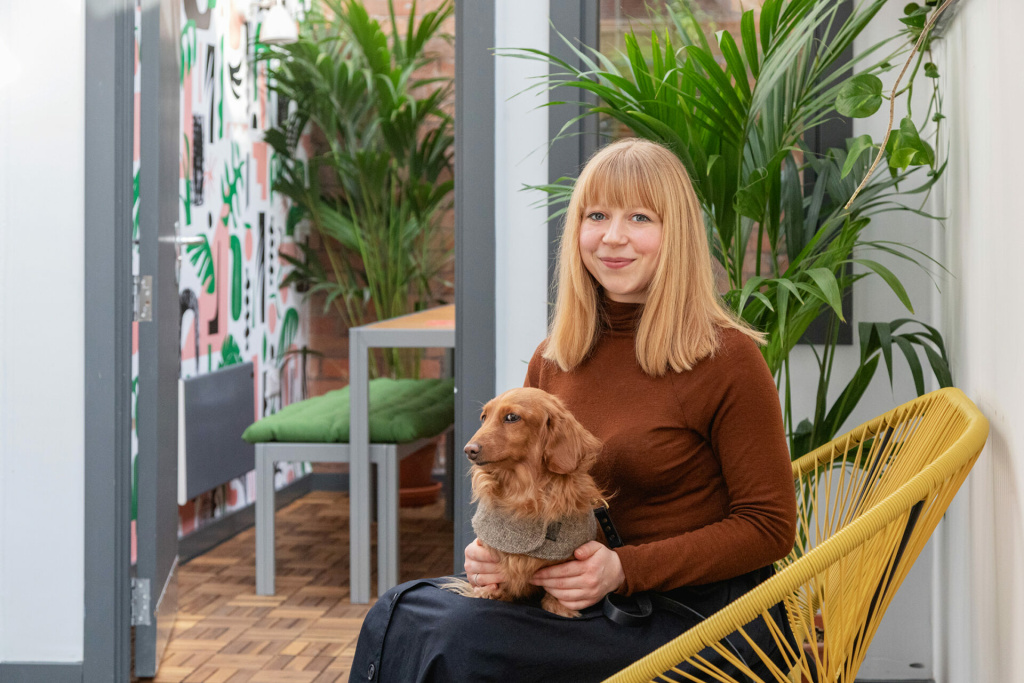
1. Acknowledge anxiety as a healthy part of being a human
Acknowledging anxiety’s presence in your life, and accepting it is a perfectly normal human experience will go a very, very long way. Harriet believes the anxiety we feel as designers, writers, artists and musicians is often spawned by our imaginations: the very resource we rely on for our creative ideas. “Anxiety usually rears its head when we start rehearsing catastrophic future events in our heads to the point where we really get wrapped up in the stories we’re telling ourselves,” explains Harriet. “It’s the feeling that disaster is imminent.”
Her tips for acknowledging these feelings is to tune into our bodies: is our breathing shallow? Are we experiencing fatigue, tension in our face, shoulder or neck muscles, or headaches? Being able to notice when we are anxious, and when we are not, is the first step to finding your way through the mental fog.
2. Take a step back
To get some perspective, first, we need to catch the early warning signs from our body that something is up. Harriet explains if we’re feeling panicked, overwhelmed or experiencing pure terror, “it means the amygdala – the fight/flight/freeze part of our brain – is firing off cortisol and telling us we’re in danger. When we lose perspective, that danger can be a to-do list that’s not humanly possible to get to the bottom of today.”
When we’ve caught the anxious feeling at the low end of the scale, Harriet explains an easy way to take a step back “is to talk to yourself in the third person, perhaps taking on the persona of someone who’d be well suited to soothing you before you reach meltdown. David Robson, a science journalist, talks about this in an article explaining why the third person approach can help us get better at making decisions, and navigating life challenges.”
3. Be proactive
It’s really important to get clarity on what your triggers are, no matter how big or small, so you can actively minimise them. If the number of unread emails in your inbox is a worry then put them into an ‘action’ folder, and respond in batches when you’re ready to.
“Having a daily mindfulness practice can be so transformative for keeping anxiety in check,” explains Harriet. “It could be as simple as a short walk in the park and paying really close attention to your senses, listening to the birds and taking in the space around you.” And when anxious thoughts or feelings pop into your head as they invariably do, avoid the temptation to immediately stifle them. “Practice just observing them almost like they’re buses,” she recommends, “if we choose to get on then we’re buying into it more, and the anxiety starts to build. But what if we just watch them go by? With enough practice, we can let the feeling go.” Think of it as something of an emotional muscle, the more you use it and train it, the stronger it’ll get and the more resilient you’ll become.
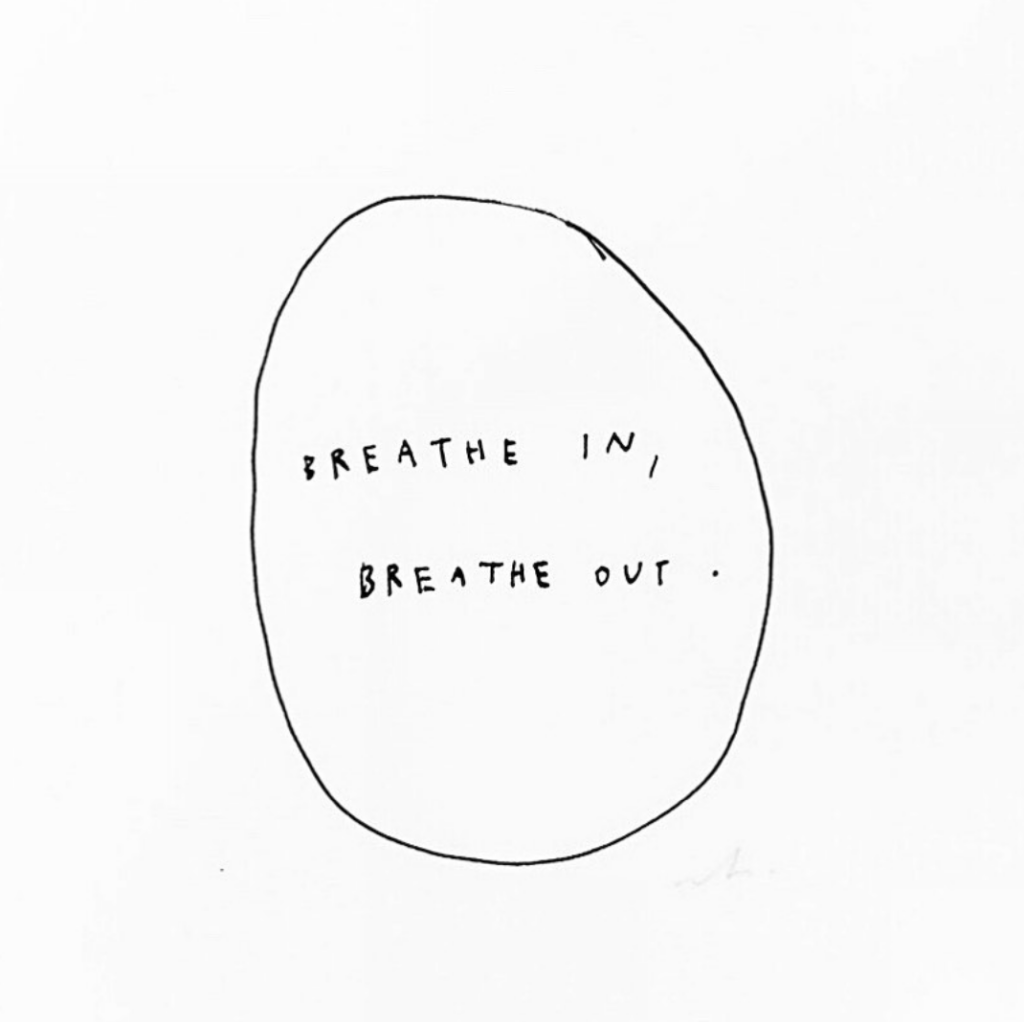
4. Flex your emotional muscle to develop new positive habits
When it comes to training your resilience, there’s no one size fits all approach. Try experimenting with some practices and tools to figure out what works for you. You might find it useful to create a ‘menu’ of calming tools to pick and choose from rather than a prescriptive approach. If it works, do more of it. If not, let it go and try something else. In his book Do Pause, Robert Poynton talks about the power in a pause: “pausing means challenging some deeply held assumptions, including the idea that the more you do, the better it is.”
Harriet believes one invaluable tool and an obvious place to start is your breath. “Breathing connects the mind and body,” she says. “When you notice anxiety popping up, you can just ‘take a breath’ before reacting or responding. Shift your attention to your belly, softening it and let it expand (instead of breathing from your chest) and take a deep gentle breath.”
This technique of focusing on your body for three or four seconds can shift your mind and your mood. Alternatively, escaping the trappings of our desk for a brisk walk “can stimulate the parasympathetic nervous system which makes us feel calm, allows us to get out of our heads and into our bodies.” Exercise is a universal antidote to anxiety, which makes way for new insights and ideas as the judgmental thoughts start to recede.
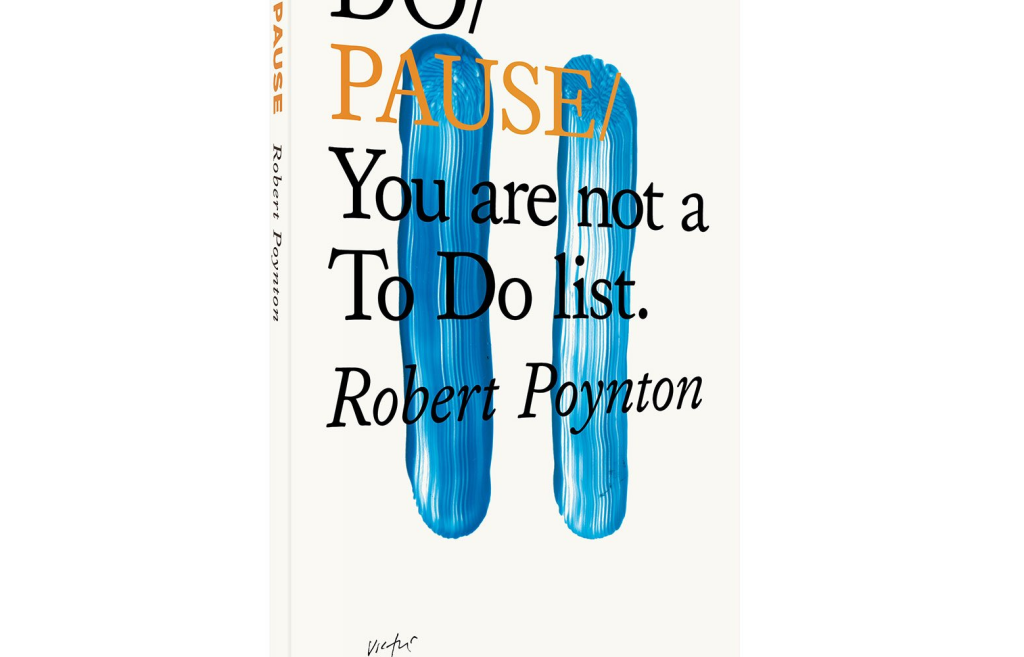
5. Practice and maintain a healthy approach to anxiety
Remember, you’re human! It’s okay to feel anxious sometimes. Be curious and notice when anxiety isn’t there. The noticing part is really important – it helps you build new positive neural pathways. Cultivating a more compassionate relationship with yourself and a kinder inner monologue is key. But, it takes practice.
“Thanks to neuroplasticity we have the ability to change how we think and feel by treading the ‘calm’ pathways more often than the anxious ones,” explains Harriet. “Our brains take the path of least resistance – so if we tread the positive paths more often, it makes them more easily accessible and over time becomes more automatic. And remember, if anxiety has been your story so far, it might not be your future.”
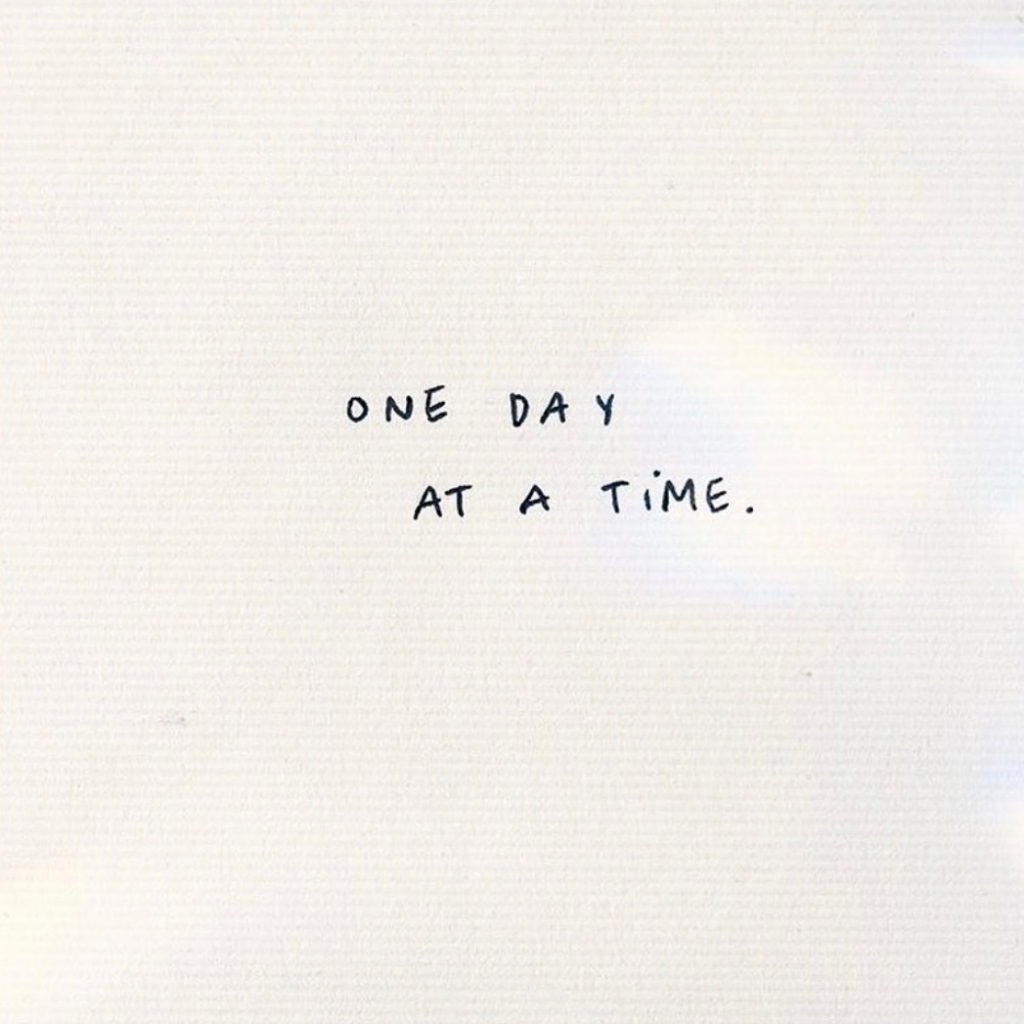
And breathe. The next time you’re feeling stuck, suffocated or overwhelmed, see if you can put a few of our tips into action. With a little practice, you’ll shake off the anxious thoughts and free up your creativity once more.
If you feel you could benefit from greater guidance through navigating anxiety, you can find more information about Project Thrive on Harriet’s website, where she offers personal guidance and support to help your creativity flourish.
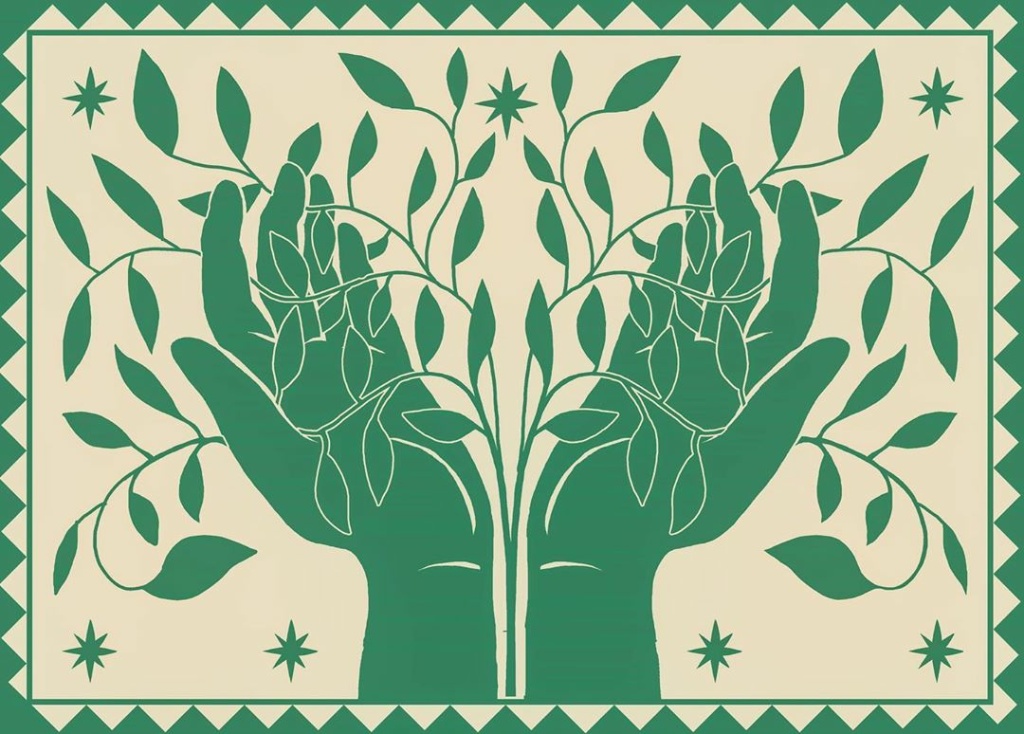
This month, we’re launching a brand new Flexi Plus space. And to celebrate, we’re offering the first month free to anyone who joins us in Bristol or Bath between 1st and 31st October.
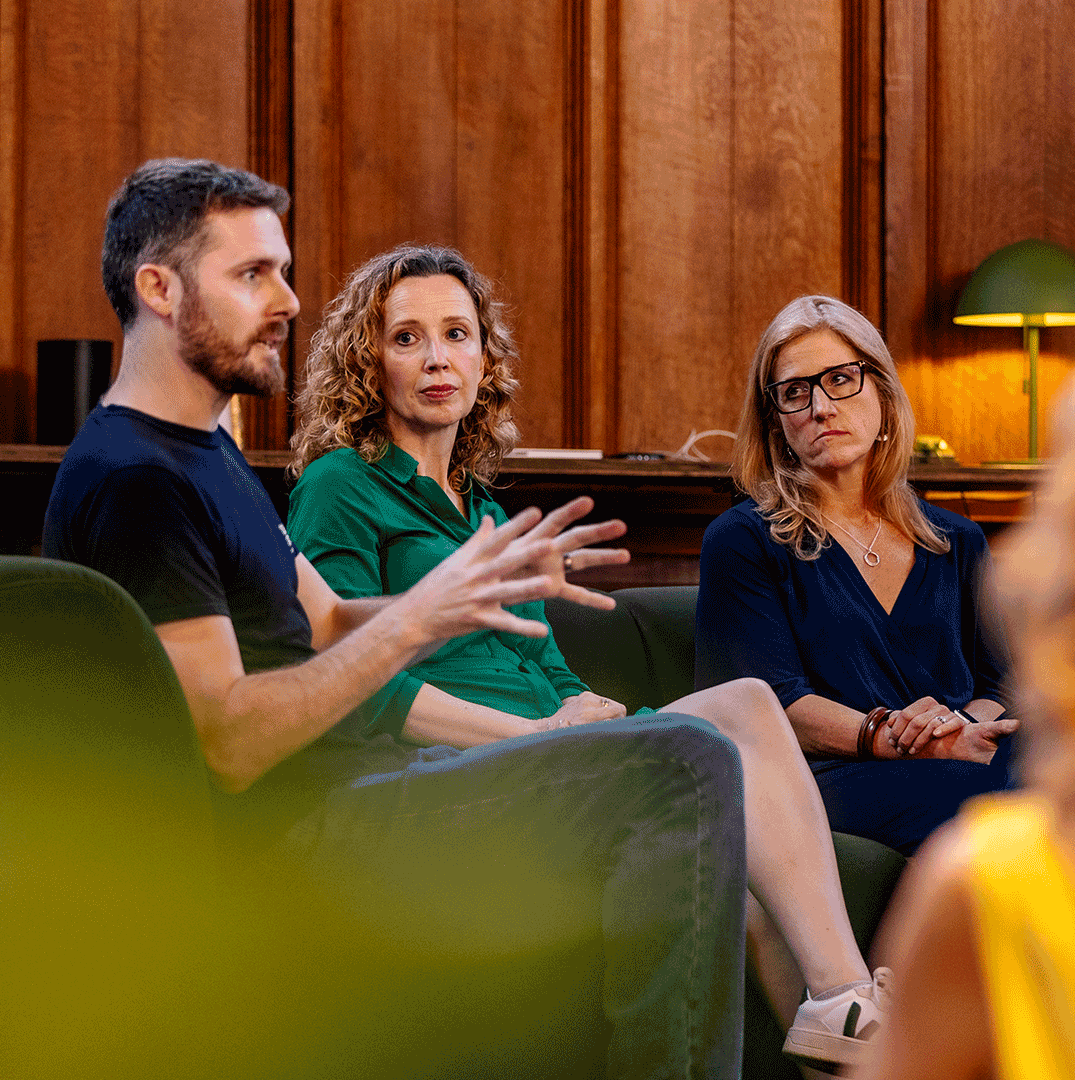
Our unique and varied spaces in Bristol and Bath cater for keynotes, networking, workshops, rehearsals and much more.
Find out more
Your specialist delivery avian is now in transit. We’ll be in touch when he reaches us.